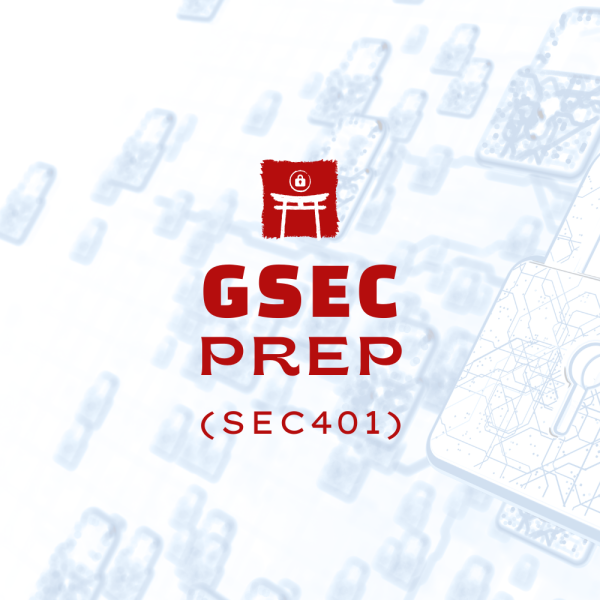In today’s advanced threat landscape, Detection as Code stands out as a game-changing approach. By treating detection logic as code, organizations can achieve scalability, automation, and precision in threat detection. This blog will delve into the technical details of TDaC, integrating tools like VECTR, Atomic Red Team, and CALDERA, and provide detailed code examples and workflows for implementation.
What is Detection as Code?
Detection as Code leverages software development practices to create and manage detection logic. Core features include:
- Version Control: Manage detection rules with Git repositories.
- Automated Testing: Simulate threats and validate detection effectiveness.
- Continuous Deployment: Push validated detections to SIEMs/EDRs.
- Scalability: Easily replicate detections across environments.
Core Tools for Detection as Code Implementation
1. VECTR
- – Purpose: Threat detection validation and MITRE ATT&CK coverage tracking.
- – Key Feature: Automates purple teaming processes and provides ATT&CK matrices.
- – Integration: RESTful API for automation.
2. Atomic Red Team
- – Purpose: Provides pre-built adversary behavior simulations.
- – Key Feature: YAML-based modular test definitions.
- – Integration: Easily callable from CI/CD pipelines.
3. CALDERA
- – Purpose: Automated adversary emulation.
- – Key Feature: Plugin architecture to extend its capabilities.
- – Integration: Integrates seamlessly with CI/CD for testing.
Technical Implementation of Detection as Code
1. Setting Up a Repository for Detection as Code
Structure the repository to store detection rules, attack simulations, and CI/CD configurations:
threat-detection-as-code/
├── detections/
│ ├── siem/
│ │ ├── t1218.yml
│ │ ├── t1059.json
│ ├── edr/
│ ├── t1059.edr.json
├── tests/
│ ├── atomic_tests/
│ │ ├── T1218.010.yml
│ │ ├── T1059.001.yml
├── pipelines/
│ ├── ci_cd.yaml
├── scripts/
│ ├── run_tests.sh
│ ├── validate_rules.sh
│ ├── deploy_rules.sh2. Writing Detection Rules
Detection rules should be modular and mapped to MITRE ATT&CK techniques.
Example SIEM Rule (YAML – Splunk Detection)
name: Detect PowerShell Obfuscation
id: T1059.001
type: query
description: Detects obfuscated PowerShell commands.
tactics:
- Execution
techniques:
- id: T1059.001
name: PowerShell
query: >
`index=main sourcetype=win_event_log
(EventCode=4688 OR EventCode=4104)
CommandLine="*FromBase64String*"
OR CommandLine="*iex*"`
trigger: 5 events within 5 minutesExample EDR Rule (JSON – Microsoft Defender)
{
"name": "Detect Suspicious DLL Injection",
"id": "T1055",
"description": "Detects potential DLL injection attempts.",
"query": "DeviceProcessEvents | where ProcessCommandLine contains '.dll' and InitiatingProcessFileName contains 'explorer.exe'",
"severity": "high",
"mitre_tactic": "Defense Evasion",
"mitre_technique": "T1055"
}3. Simulating Attacks
Use Atomic Red Team to simulate specific MITRE ATT&CK techniques.
Example: Simulating T1059.001 (PowerShell)
Install Atomic Red Team and run a test:
# Clone Atomic Red Team repository
git clone https://github.com/redcanaryco/atomic-red-team.git
# Execute a PowerShell technique
Invoke-AtomicTest T1059.001 -TestNumbers 1YAML Definition for T1059.001
atomic_tests:
- name: Obfuscated PowerShell Command
executor:
name: powershell
command: |
$enc = [Convert]::ToBase64String([System.Text.Encoding]::UTF8.GetBytes('Write-Output "Hello World"'));
powershell.exe -EncodedCommand $enc
supported_platforms:
- windows4. Automating Detection Validation
Integrate detection testing into a CI/CD pipeline using tools like GitHub Actions.
CI/CD Pipeline Example
name: CI/CD for Threat Detection
on:
push:
branches:
- main
jobs:
test-detections:
runs-on: ubuntu-latest
steps:
- name: Checkout repository
uses: actions/checkout@v3
- name: Install dependencies
run: |
sudo apt update
sudo apt install -y python3-pip
pip3 install vectr-api-client
- name: Simulate attacks with Atomic Red Team
run: |
./scripts/run_tests.sh
- name: Validate detection rules
run: |
./scripts/validate_rules.sh
- name: Deploy validated rules
run: |
./scripts/deploy_rules.sh5. Real-Time Monitoring and Continuous Improvement
Deploying Detection Rules to SIEM
Use APIs for automatic rule deployment. Example for Splunk:
curl -k -u admin:password https://splunk-server:8089/servicesNS/admin/search/saved/searches \
-d name="Detect PowerShell Obfuscation" \
-d search="index=main sourcetype=win_event_log (EventCode=4688 OR EventCode=4104) CommandLine=\"*FromBase64String*\""Integrating with VECTR
Automatically upload test results to VECTR for analysis:
from vectr import VectrClient
client = VectrClient(api_url="https://vectr-server/api", api_key="your_api_key")
test_results = client.upload_test_results("test_results.json")
print(test_results.status)Challenges and Solutions
- False Positives: Mitigate by testing against benign scenarios.
- Tool Integration Complexity: Use modular scripts and pipelines for simplicity.
- Rule Maintenance: Automate updates with scheduled pipelines.
Conclusion
Detection-as-Code transforms reactive security into proactive, automated, and precise detection engineering. By leveraging tools like VECTR, Atomic Red Team, and CALDERA, along with automated pipelines, organizations can achieve a robust, scalable threat detection program.
Adopt TDaC to empower your security teams with precision and efficiency. The future of cybersecurity lies in automation, and with Detection as Code, you are building a foundation to stay ahead of evolving threats.
📢 If you’re looking to specialize in cybersecurity and master both offensive and defensive tactics, check out the training programs at Cyber Dojo:
- – SOC Analyst Bootcamp – Kickstart your career as a SOC Analyst and become an expert in security analysis.
- – DFIR Bootcamp – Learn the art of digital forensics and incident response and prepare to handle attacks with professionalism.
- – Pentest Bootcamp – Master penetration testing techniques and analyze vulnerabilities in real-world environments.
• Explore all our courses here: Cyber Dojo Courses
• Check out our bundles for more value: Cyber Dojo Bundles


